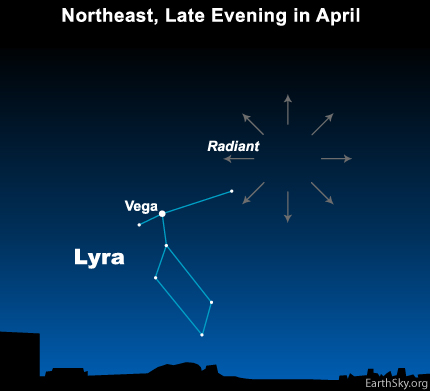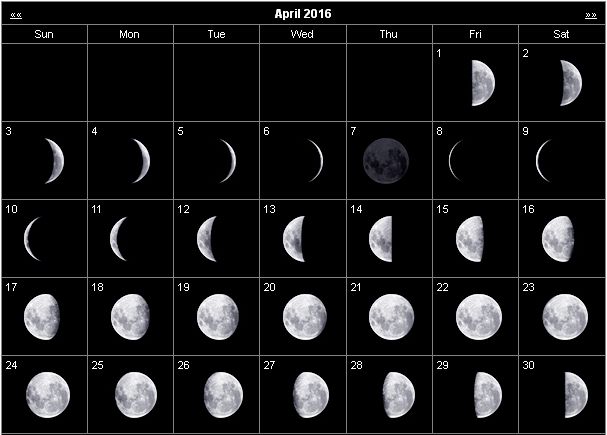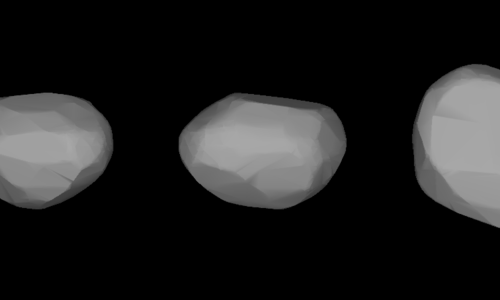Monthly Stargazing Calendar for April 2016
Looking for the April 2024 stargazing calendar?
On April 18, Mercury will be at greatest eastern elongation of 19.9 degrees from the Sun. This is the best time to view Mercury since it will be at its highest point above the horizon in the evening sky. Look for the planet low in the western sky just after sunset.

Lyrids Meteor Shower Radiant Point. Image by Deborah Byrd from EarthSky.org.
Would you like to be notified of stargazing events?
Later this months, on the night of April 22 and 23 the Lyrids meteor shower will peak. It is an average shower, usually producing about 20 meteors per hour at its peak, although some meteors may be seen any time from April 16 to 25. It originates from dust particles left behind by comet C/1861 G1 Thatcher, which was discovered in 1861. These meteors can sometimes produce bright dust trails that last for several seconds. Unfortunately this year the glare from the full moon will block out all but the brightest meteors. If you are patient however, you should still be able to catch a few good ones. Meteors will radiate from the constellation Lyra, but can appear anywhere in the sky.
Moon phases
As you know, the moon has a big impact on the visibility of celestial bodies in the night sky. So here are the moon’s phases for this month:

Positions of the planets this month
Mercury: The closest planet to the Sun can be seen at dawn and dusk travelling across the constellations of Pisces and Aries, not far from Venus and Uranus. This planet, being the closest to the Sun, will appear to move quickly in the night sky and its position will change in the following weeks.
Venus: The sister planet can be seen near Mercury travelling across the constellation of Pisces. Just like Mercury, Venus can only be seen at dawn and dusk.
Mars: The red planet can be seen between the constellations of Scorpius and Ophiuchus, not far from Saturn.
Jupiter: The gas giant is visible in the constellation of Leo. Jupiter can easily be spotted with the naked eye, even in highly illuminated cities.
Saturn: The ringed giant can be seen with the naked eye in the constellation of Ophiuchus.
Uranus: The gas giant can be seen in the constellation of Pisces with the use of a telescope.
Neptune: The blue giant requires a telescope pointed in the constellation of Aquarius in order to be seen.
Major astronomical events next month
- May 6, 7 – Eta Aquarids Meteor Shower.
- May 9 – Rare Transit of Mercury Across the Sun.
- May 22 – Mars at Opposition.
See also:
- Previous month’s calendar: Stargazing Calendar for March 2016
- Next month’s calendar: Stargazing Calendar for May 2016
Would you like to receive similar articles by email?





